
Evolutionary Anachronisms in The Western Palearctic – Part I: Puzzling Pomes
In their 1982 paper Neotropical Anachronisms: The Fruits the Gomphotheres Ate, Daniel H. Janzen and Paul S. Martin defined it as a trait of a plant that is inexplicable unless seen in the backdrop of its evolutionary past. For instance, Gymnocladus dioicus, a tree in the legume plant family Fabaceae that is native to the eastern United States, produces seed pods that are poisonous to mammals, unbreakable to rodents and impervious to water, yet depend on all of these for dispersal since the seeds, the largest in the continental United States, are too heavy to be carried by wind anywhere far. As a result, each year the parent tree will produce pods that fall to the ground, where they slowly decompose over the years, even in seemingly natural habitat. This is odd because the fruit of any plant is always intended as a diaspore. Plants have outbid each other over millions of years in attempts to produce the most sophisticated designs that will allow their unborn offspring to travel and germinate a preferably long distance away from the parent. So, if the Kentucky coffeetree, as it is also called, fails so miserably at dispersing seeds away from the parent tree, despite an elaborate diaspore, one is compelled to ask, why?.

The History of the Decline and Fall of the Great Auk
The extinction of species has long captivated the curiosity of scientists and nature enthusiasts alike. Within the realm of vanished creatures, the great auk stands as a prominent figure. As the only flightless bird in the North Atlantic, the great auk (Pinguinus impennis) held a unique position as the largest member of the Alcidae family, commonly known as auks. This goose-sized seabird has left an indelible mark on our natural history

Isles of the Tasman Sea – Part II: Norfolk Island
Norfolk Island offers an interesting juxtaposition to Lord Howe Island, as it contains a very similar faunal guild, but the extent and circumstances of its extinctions are somewhat different.
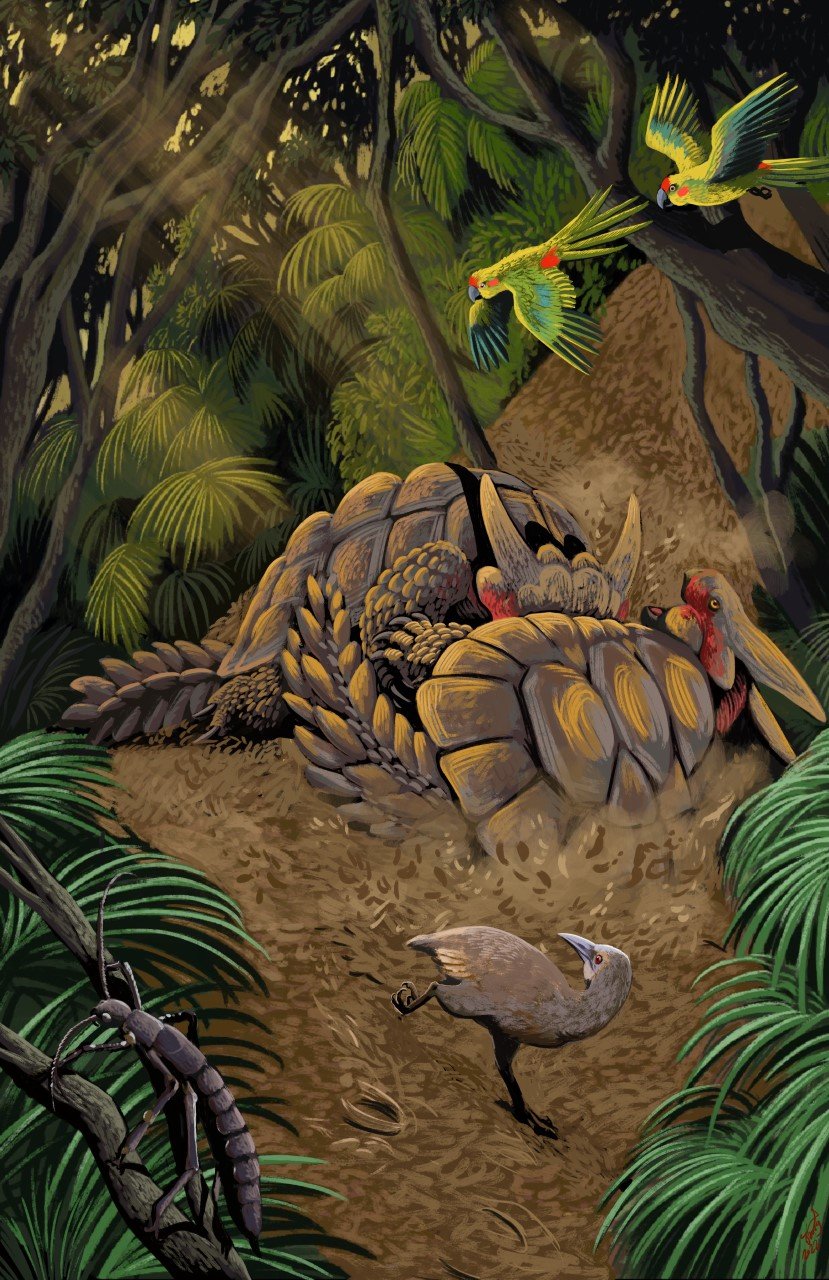
Isles of the Tasman Sea – Part I: Lord Howe
600km off the east coast of Australia, amidst the Tasman Sea, sits a tiny archipelago – the only specks of land for a hundred leagues. The Lord Howe Island Group. Today the entire archipelago is considered UNESCO world heritage due to its interesting collection of flora and fauna with high rates of endemism. Unfortunately, as is also often the case with islands, this diversity has become much diminished in historical times.
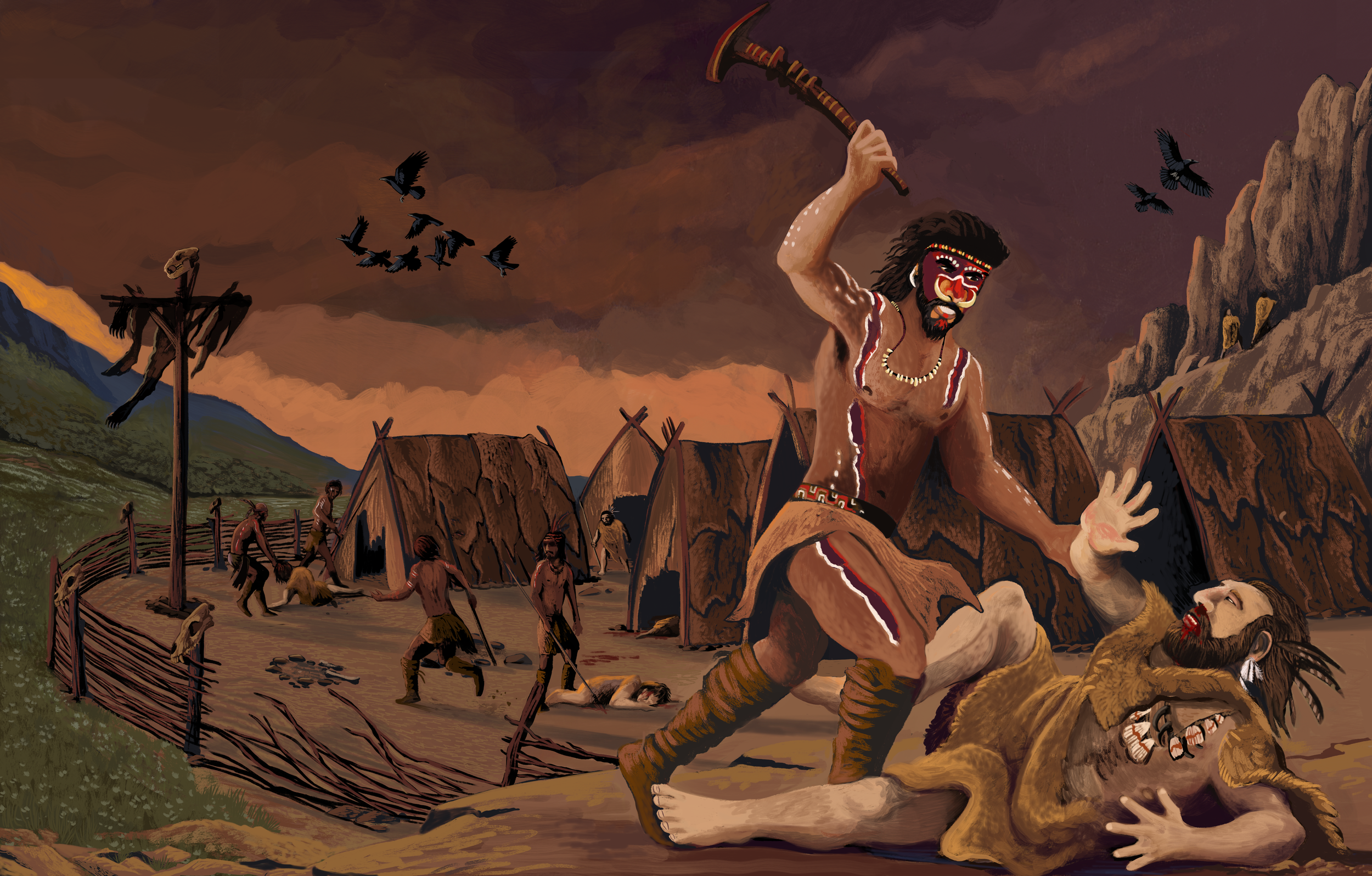
First and Last Men Part I - Adam's Kindred
It is an odd thing to consider that only a couple centuries ago there existed among neither the public nor the sciences any particular notion of prehistory. There was history, of course, a field both venerable and respected, but nothing before it. The annals of the Old Testament traced back the lines of man to the very dawn, or so it seemed, and little in the way of archaeology or palaeontology had ever arisen to complicate this picture. The histories seemed complete, a record from dawn till dusk. The process of discovery is rarely gentle. The advent of geology, palaeontology and complex archaeology have resulted in nothing less than a total reinterpretation, if not revolution, in our view of human history. If the old narratives were not destroyed, they were rendered at least vastly more complex than hitherto thought. From this process of discovery and transformation has arisen an entirely new cultural vocabulary, never before known: Extinction, evolution and the vastness of time became concepts enmeshed in popular thought. For the first time in millennia, people spoke of the mammoth and the sabretooth. For the first time in history, of the dinosaur. Yet of all the new images and ideas, perhaps the most startling was also the most familiar: the man before Man, the dweller in the grottos, the ur-person. The Caveman.
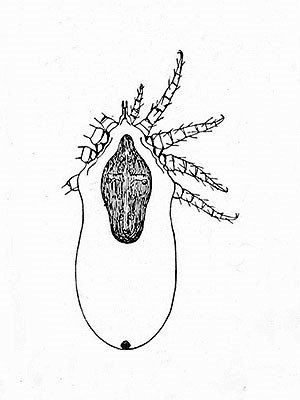
Unwelcome Guests – Coextinction of Parasites
In biology, parasitism is a form of symbiosis, a close association between species, in which one species (the parasite) exploits another (the host) for its own benefit. This aspect of harm is what separates parasitism from other symbioses, such as commensalism, in which one species sees gains while other isn’t affected. Most parasites depend entirely on their hosts for nourishment and/or habitat, and so they become intimately tied in an evolutionary context. This host dependence often leads to extreme adaptations and body plans tailored to surviving on – or in – another organism’s body.
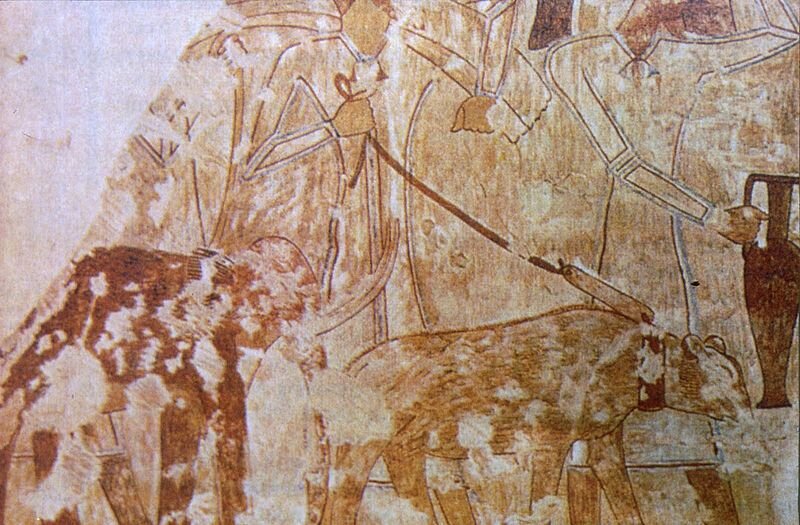
Elephants of the Aegean - Dwarfs and Giants of the Ancient Sea
The very words “dwarf” and “elephant” seem to us today utter contradictions, yet it was not always so. The Aegean, the blue heart of Greece, was once home to not one but dozens of diminutive elephants, scattered across the ocean’s myriad isles, isolated for hundreds of thousands of years. Until they weren’t.
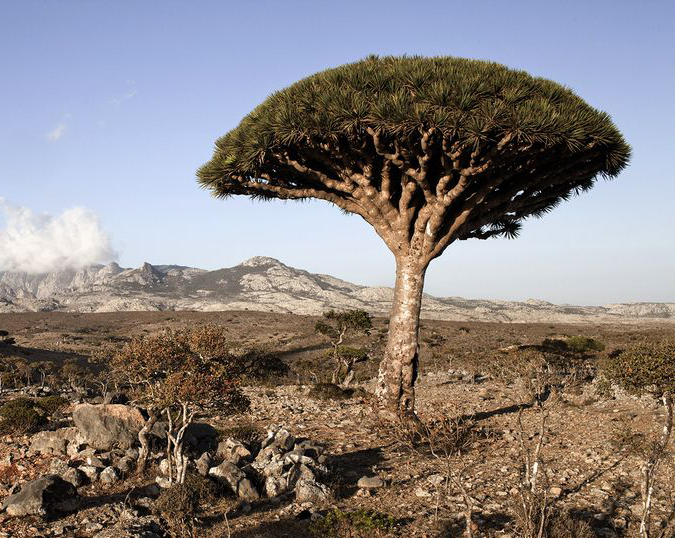
Islands - Socotra
Isolated for 20 million years, Socotra is a world apart. It is home to numerous birds and reptiles found nowhere else, as well as a host of plants, so bizarre as to look almost alien. And yet, Socotra is in decline.
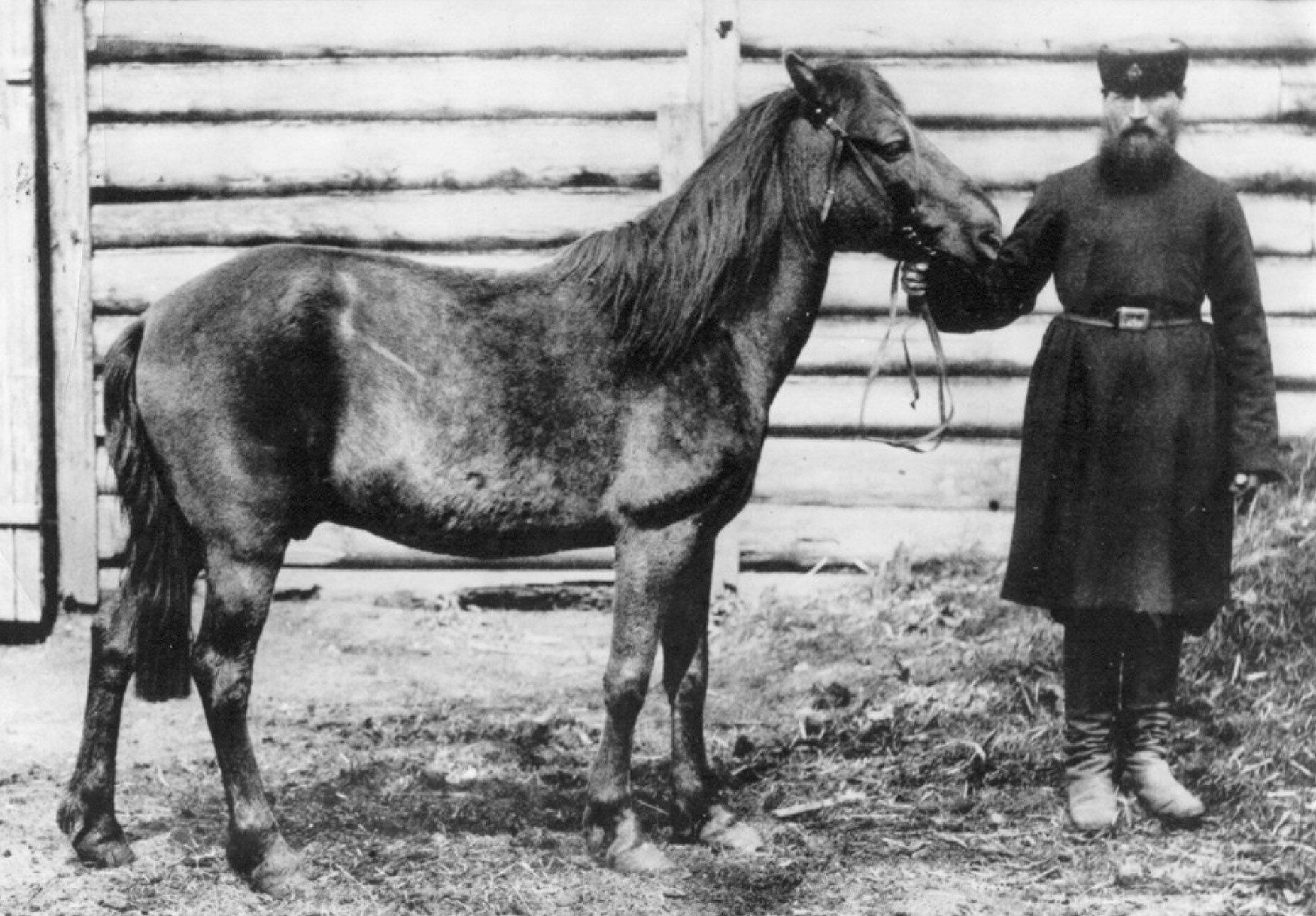
The European Wild Horse
The horse is one of man’s most important domestic animals. Just like cattle, horses descended from a once widespread wildtype that is now extinct because of human influence. The western subspecies of the wild horse, Equus ferus ferus, had a range from the Iberian peninsular to the western Eurasian steppe, where the horse was most likely domesticated. Although the domestic horse is well-known to us, the wild form is kind of elusive – it is not certain when it died out, how common it was, what it looked like, and there is not even a consensus on how to name this animal.
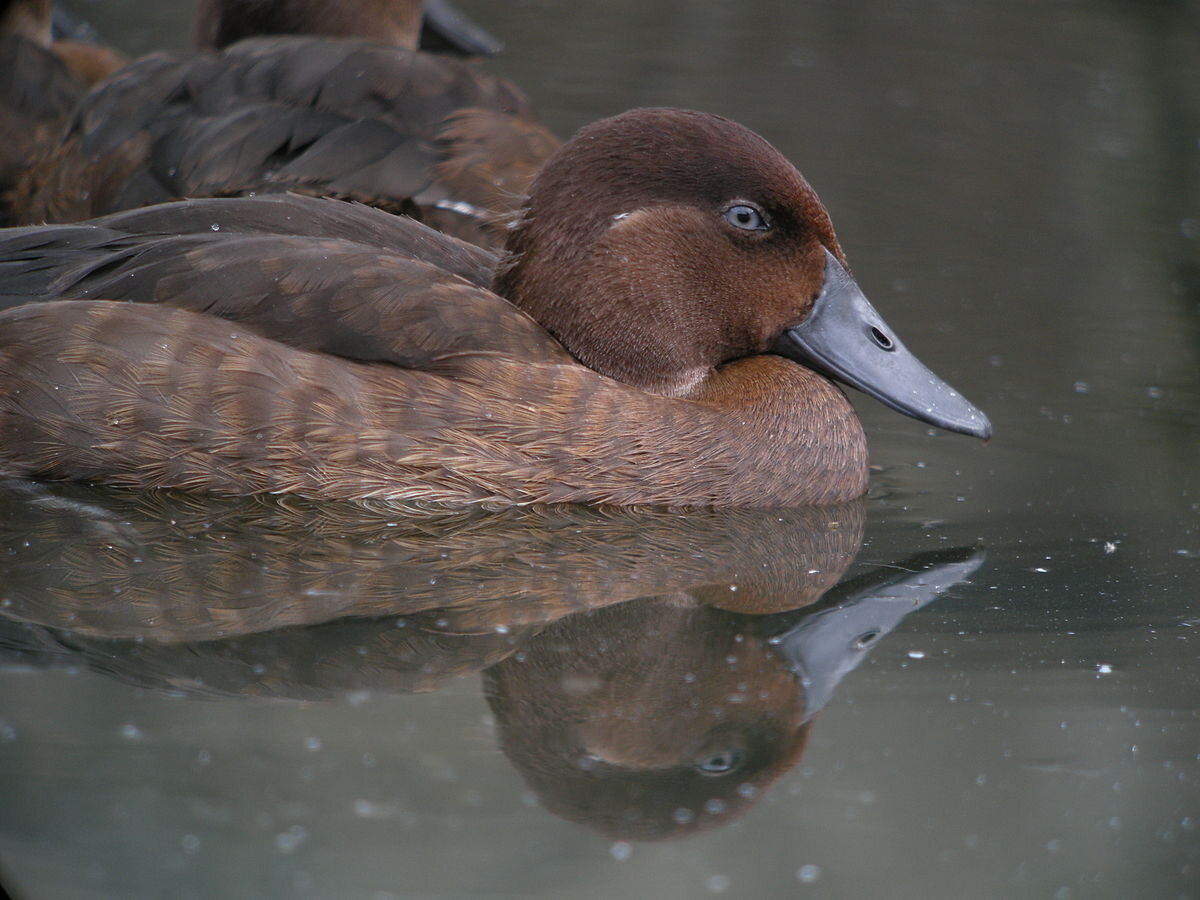
Wildfowl Extinctions
Wildfowl are amongst the most prolific bird groups and have reached every part of the planet, including remote islands. The group has not been spared casualties during the Holocene extinctions, and a clear pattern emerges when extinction dates are compared to the time of human arrival, though the mechanism remains less clear.

The Aurochs
A creature of both myth and history, the aurochs was the wild ancestor of domestic cattle, and a denizen of innumerable legends. Dying out as recently as 1627, it is one of the few members of Europe’s extinct megafauna to have survived into historical times. In this article, guest author Daniel Foidl lays out everything there is to known about the renowned beast.
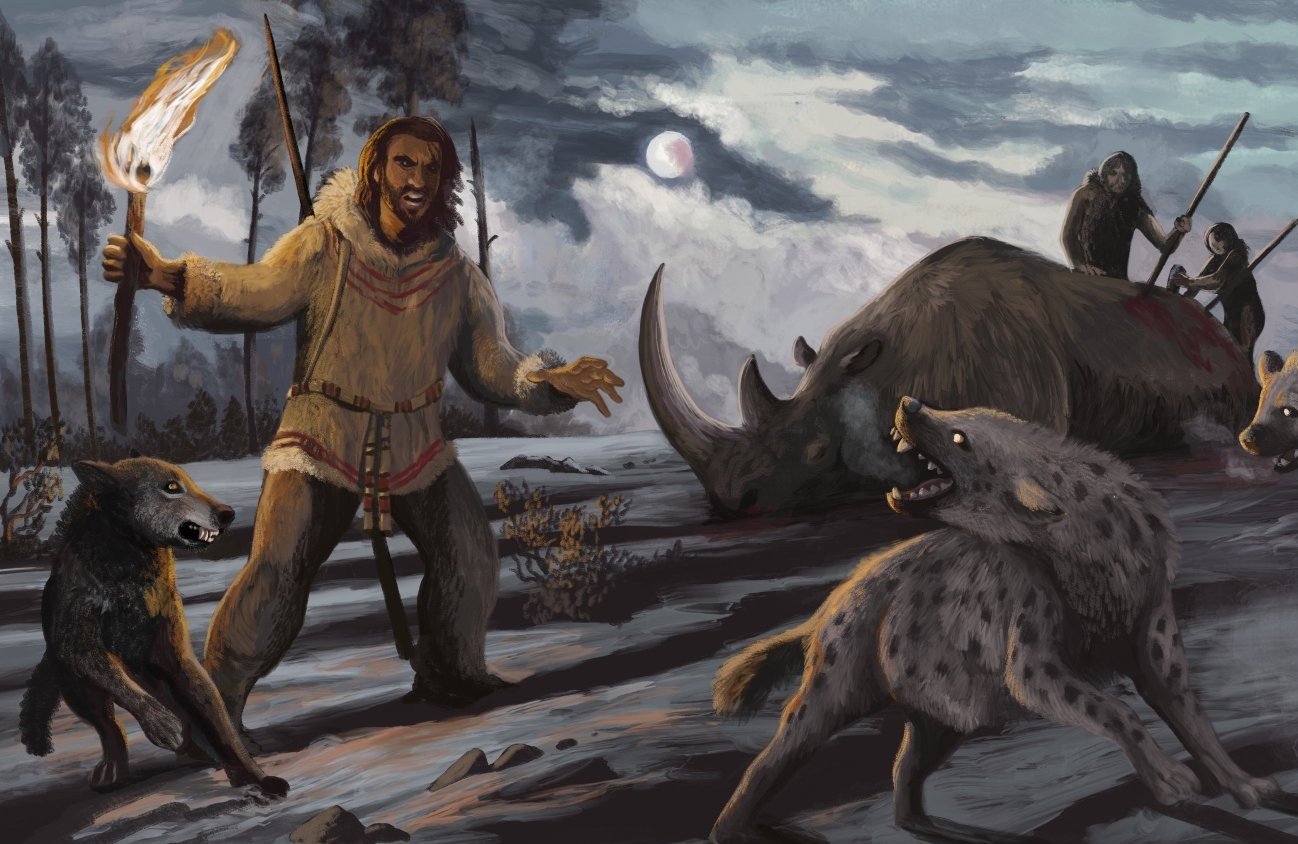
Europe - Part II: The Human Dimension
Around 40,000 years ago, an event occurred that would change Europe forever - Man had come. But what role did early humans play in the transformation of Europe’s ecosystems and the vanishing of the megafauna, and what of the Neanderthal?
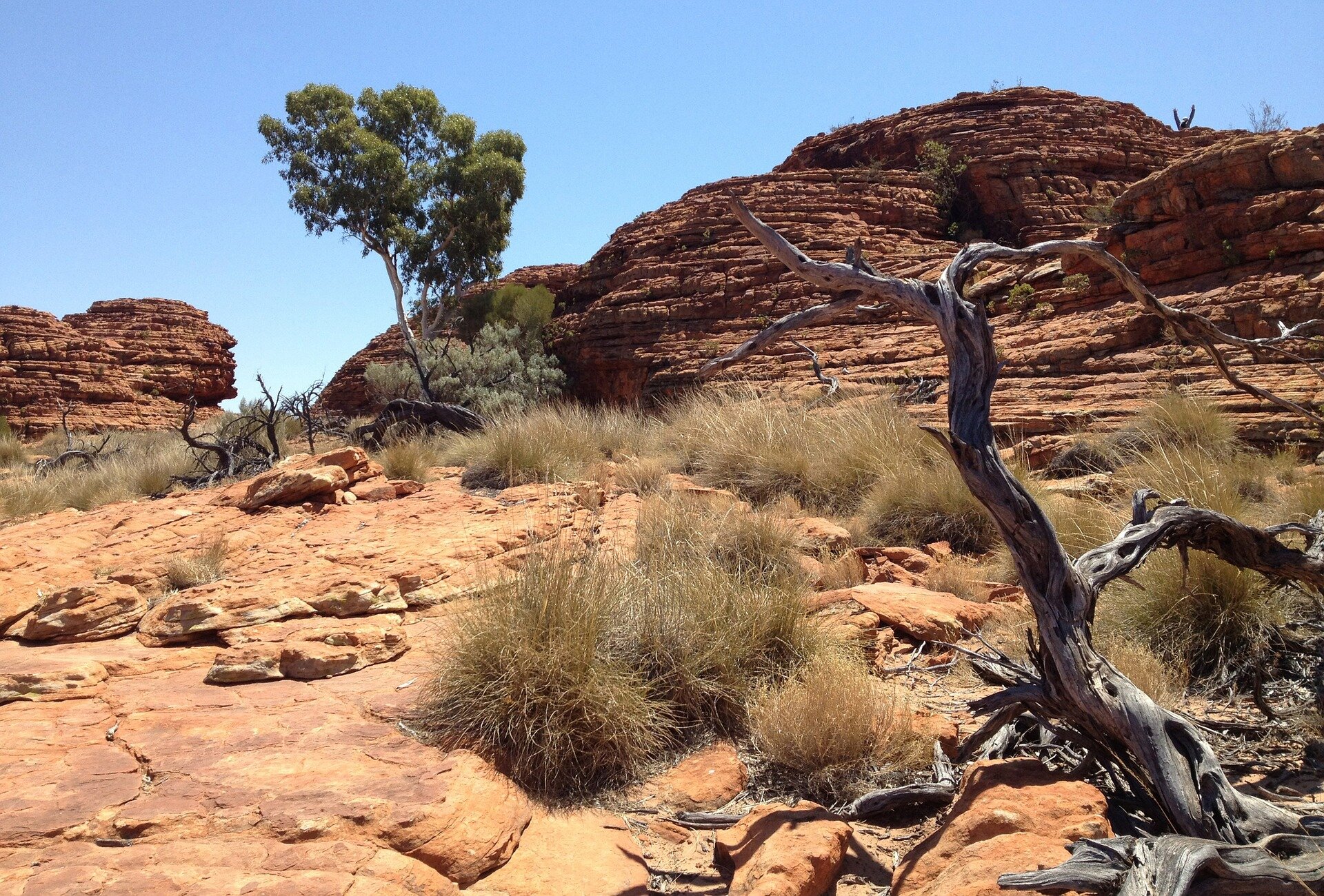
Sahul - Part II: Climate Change
Australia is a dry land, but it was not always so. The transformation of the landmass from one of savannas and rainforests to ‘the Red Continent’ has often been posited as an explanation for the disappearances of the region’s ancient megafauna. Yet does the evidence bear this out, and what role does Papua New Guinea play in the conversation?

Sahul - Part I: Timeline
Before the seas came in, Australia and New Guinea were once a single landmass - ‘Sahul’ . It was the home of giant lizards, of wombats the size of rhinos and of bizarre forms, entirely vanished today. This first part in our series on the Sahul extinctions explores the timeline of events - a tangled topic, whose resolution will help our understanding of just what happened to Australia’s lost giants.

Europe - Part I: Prelude and Climate
Before the age of farming was an age of hunters; before the age of hunters was an age of giants. In this first part of our series on the European extinctions, we describe the continent’s original ecosystems, before the vanishings, and analyse the evidence for a climatic explanation.
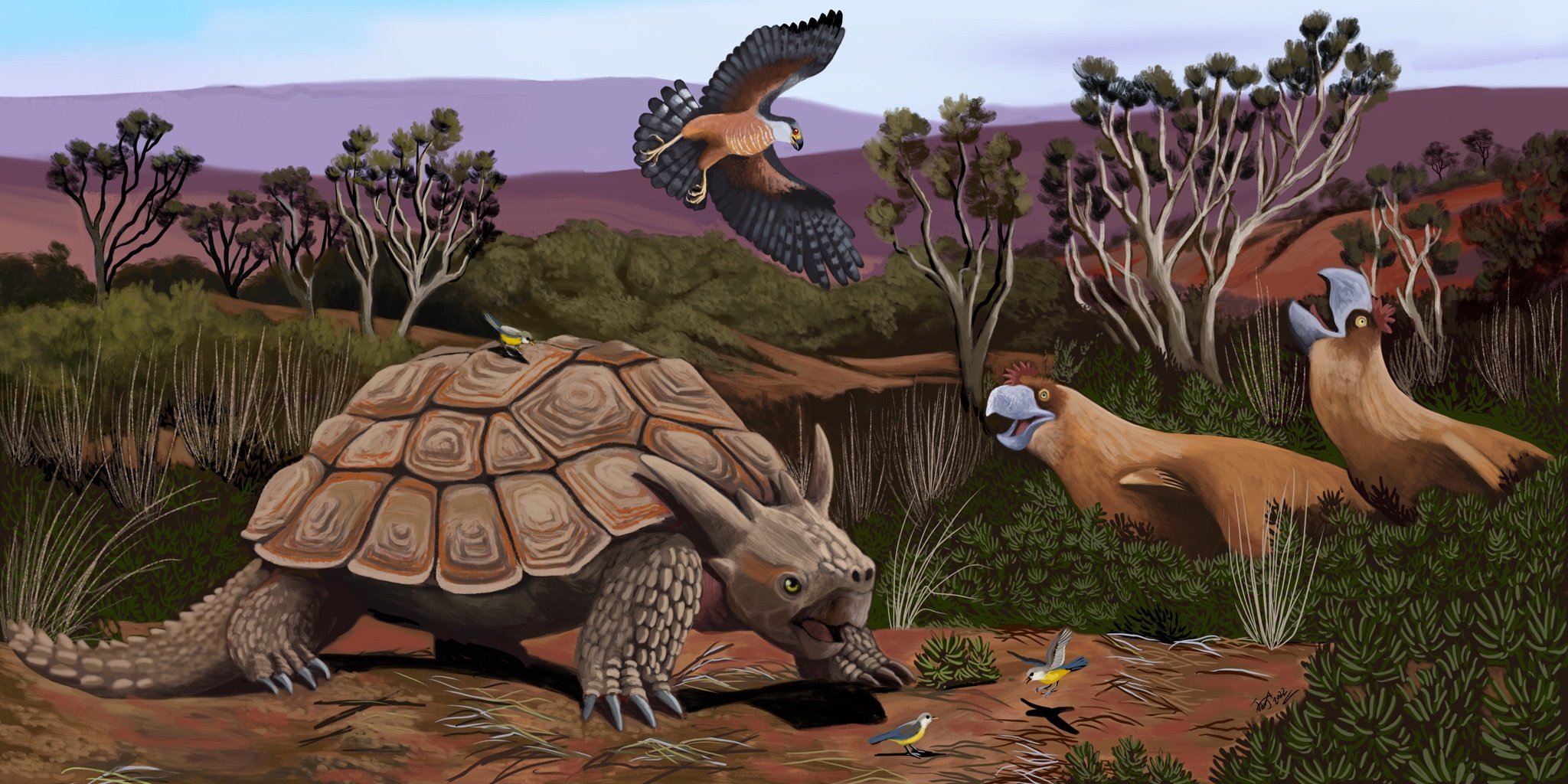
Islands - New Caledonia
New Caledonia was the ‘lost world’ of the Holocene - The final bastion of ancient groups of birds and reptiles, where horned turtles lumbered about the rocky shorelines, land-living crocodiles prowled the jungles in search of ground pigeons, and giant fowl traversed vast metallic scrublands. Then they vanished.
